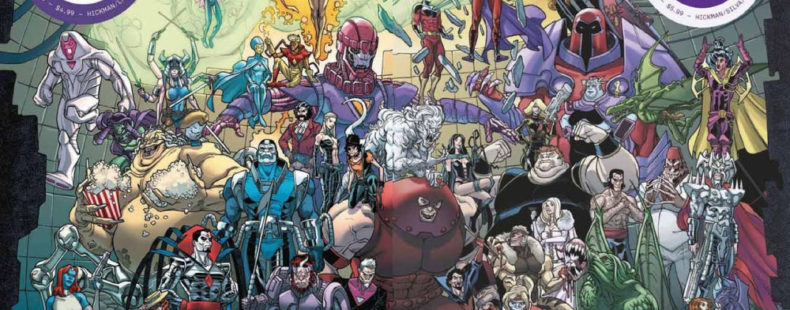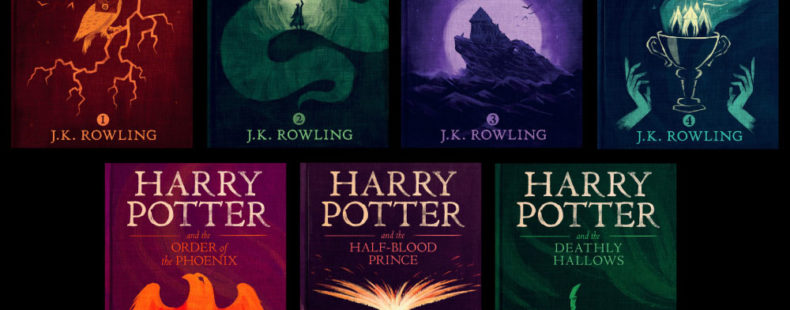Most linguists refer to language as a living thing, due to its ability to change and adapt over time, but can the same be said for mythical languages? You know, like the languages that your favorite authors created to help tell the stories of the elves of Middle Earth, the heir of Slytherin, or the Dothraki horse tribes that roam the plains?
For some of those languages, the answer is yes, because those worlds are still being created and built. For others, the answer is sadly no, since their creators have long since passed, taking the secrets of their languages with them.
The good news is that you can still become fluent, or in most cases partially fluent, in some of your favorite mythical tongues. You can also learn the technicalities behind how the languages were created.
Read on to see which literary languages are still alive and well, and which are as dead as the Khal himself.



















